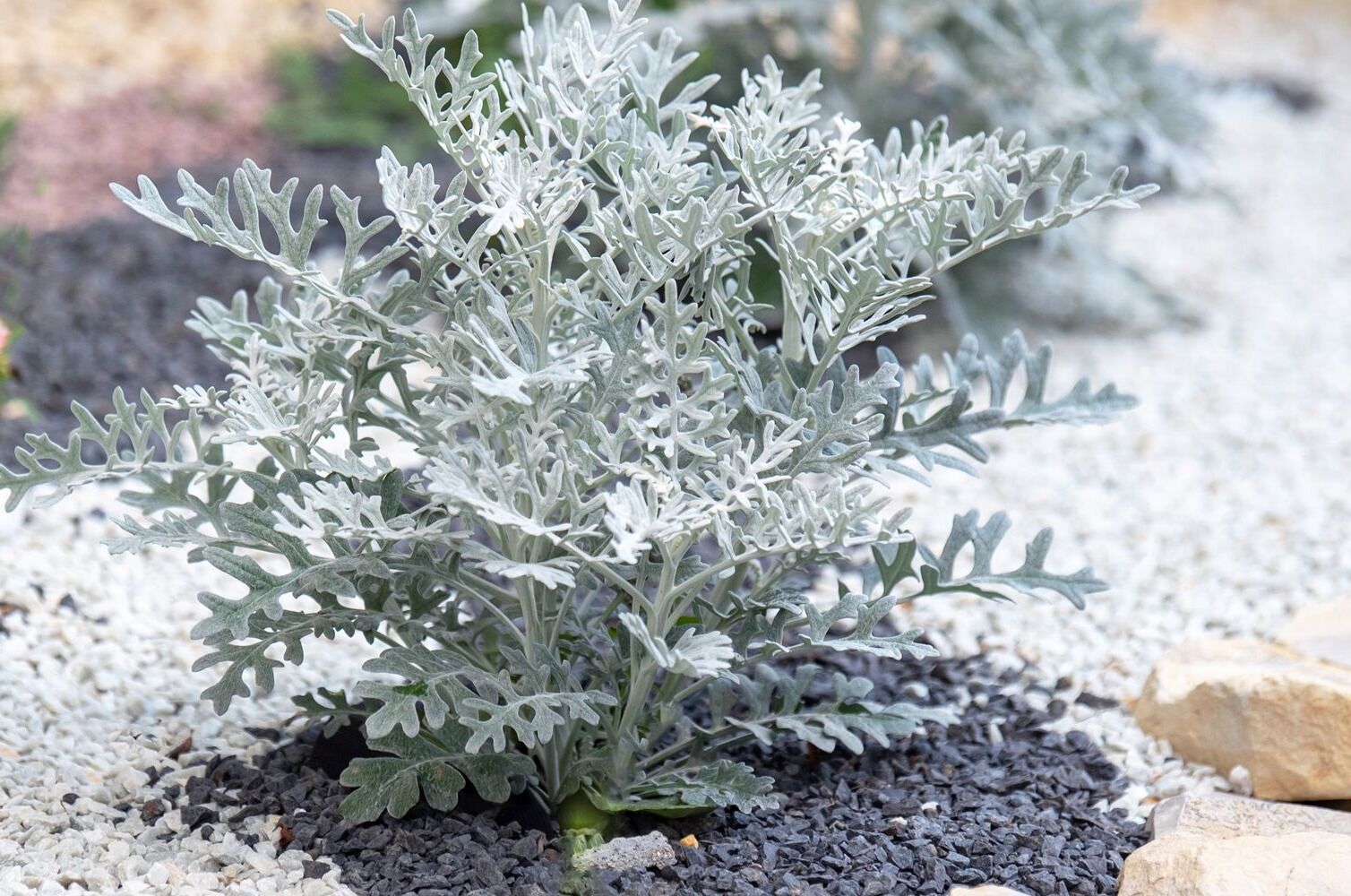
Dusty miller is a plant that often catches the eye with its unique silvery foliage. But what makes this plant so special? Dusty miller isn't just a pretty face in the garden; it has a lot more to offer. Known scientifically as Senecio cineraria, this plant thrives in various climates and requires minimal care. Its leaves are covered in tiny hairs, giving them a soft, velvety texture. This plant is not only drought-tolerant but also deer-resistant, making it a favorite among gardeners. Whether you're a seasoned gardener or a newbie, dusty miller can add a touch of elegance to your outdoor space. Ready to learn more? Let's dive into 26 fascinating facts about this remarkable plant.
What is Dusty Miller?
Dusty Miller is a popular garden plant known for its striking silver foliage. Often used as a border plant, it adds a unique texture and color contrast to gardens.
- Scientific Name: The scientific name of Dusty Miller is Senecio cineraria.
- Origin: This plant is native to the Mediterranean region.
- Family: Dusty Miller belongs to the Asteraceae family, which includes daisies and sunflowers.
- Lifespan: It is a perennial plant, meaning it can live for more than two years.
- Height: Typically grows to a height of 12 to 18 inches.
Unique Characteristics of Dusty Miller
Dusty Miller is not just any ordinary plant. It has some unique features that make it stand out in any garden.
- Silver Leaves: The leaves are covered with fine white hairs, giving them a silver appearance.
- Drought Tolerant: This plant is highly drought-tolerant, making it ideal for dry climates.
- Deer Resistant: Dusty Miller is not a favorite among deer, so it often remains untouched.
- Low Maintenance: Requires minimal care, making it perfect for beginner gardeners.
- Fragrant Leaves: The leaves have a mild, pleasant fragrance when crushed.
Growing Conditions for Dusty Miller
To thrive, Dusty Miller needs specific growing conditions. Here are some key factors to consider.
- Sunlight: Prefers full sun but can tolerate partial shade.
- Soil Type: Grows best in well-drained soil.
- Watering: Needs moderate watering; avoid overwatering to prevent root rot.
- Temperature: Can tolerate a wide range of temperatures but prefers cooler climates.
- Fertilizer: Light feeding with a balanced fertilizer can promote growth.
Uses of Dusty Miller in Gardens
Dusty Miller is versatile and can be used in various ways to enhance garden aesthetics.
- Border Plant: Often used as a border plant due to its compact growth habit.
- Companion Plant: Pairs well with brightly colored flowers like marigolds and petunias.
- Container Gardening: Suitable for container gardening, adding a touch of elegance to patios and balconies.
- Ground Cover: Can be used as ground cover in garden beds.
- Cut Flower Arrangements: The silver foliage adds a unique touch to cut flower arrangements.
Health Benefits and Uses
Dusty Miller is not just a pretty plant; it also has some health benefits and uses.
- Medicinal Uses: Traditionally used in folk medicine for its anti-inflammatory properties.
- Eye Health: Some cultures use it in eye drops to treat cataracts, although this is not scientifically proven.
- Skin Care: The leaves are sometimes used in homemade skin care remedies for their soothing properties.
- Air Purification: Helps in purifying the air by absorbing pollutants.
- Pest Control: Acts as a natural pest repellent in gardens.
Fun Facts About Dusty Miller
Here are some fun and interesting facts that you might not know about Dusty Miller.
- Symbolism: In the language of flowers, Dusty Miller symbolizes protection and safety.
Dusty Miller's Unique Charm
Dusty Miller isn't just another plant in your garden. Its silvery foliage and hardy nature make it a standout. This plant thrives in various conditions, from full sun to partial shade, and requires minimal care. Its drought tolerance means less watering, perfect for busy gardeners. Plus, it's deer-resistant, so you won't have to worry about critters munching on it.
Beyond its beauty, Dusty Miller offers practical benefits. It can act as a companion plant, helping deter pests from more delicate flowers. Its versatility allows it to fit into different garden styles, whether you're going for a formal look or a more relaxed vibe.
Incorporating Dusty Miller into your garden not only adds visual interest but also brings a touch of resilience. So, next time you're planning your garden, consider this remarkable plant. You won't be disappointed.
Was this page helpful?
Our commitment to delivering trustworthy and engaging content is at the heart of what we do. Each fact on our site is contributed by real users like you, bringing a wealth of diverse insights and information. To ensure the highest standards of accuracy and reliability, our dedicated editors meticulously review each submission. This process guarantees that the facts we share are not only fascinating but also credible. Trust in our commitment to quality and authenticity as you explore and learn with us.


